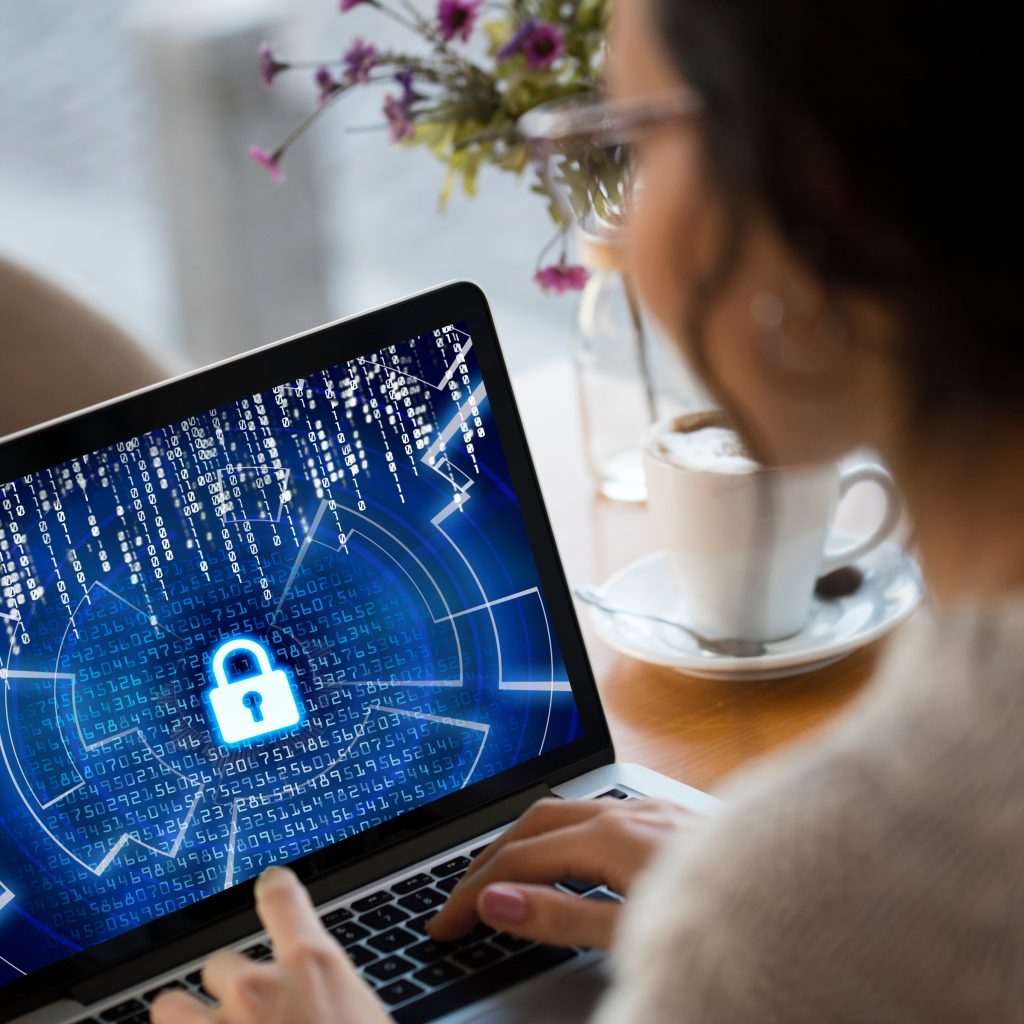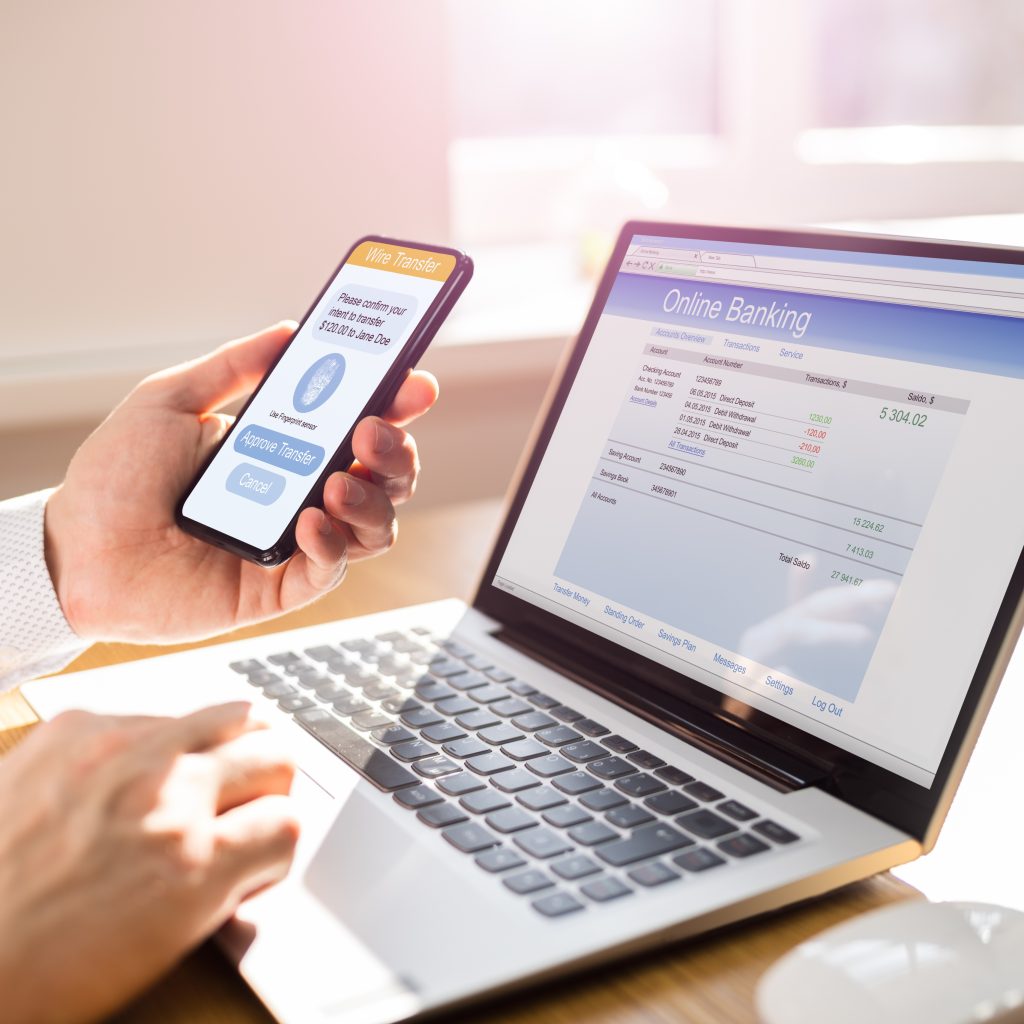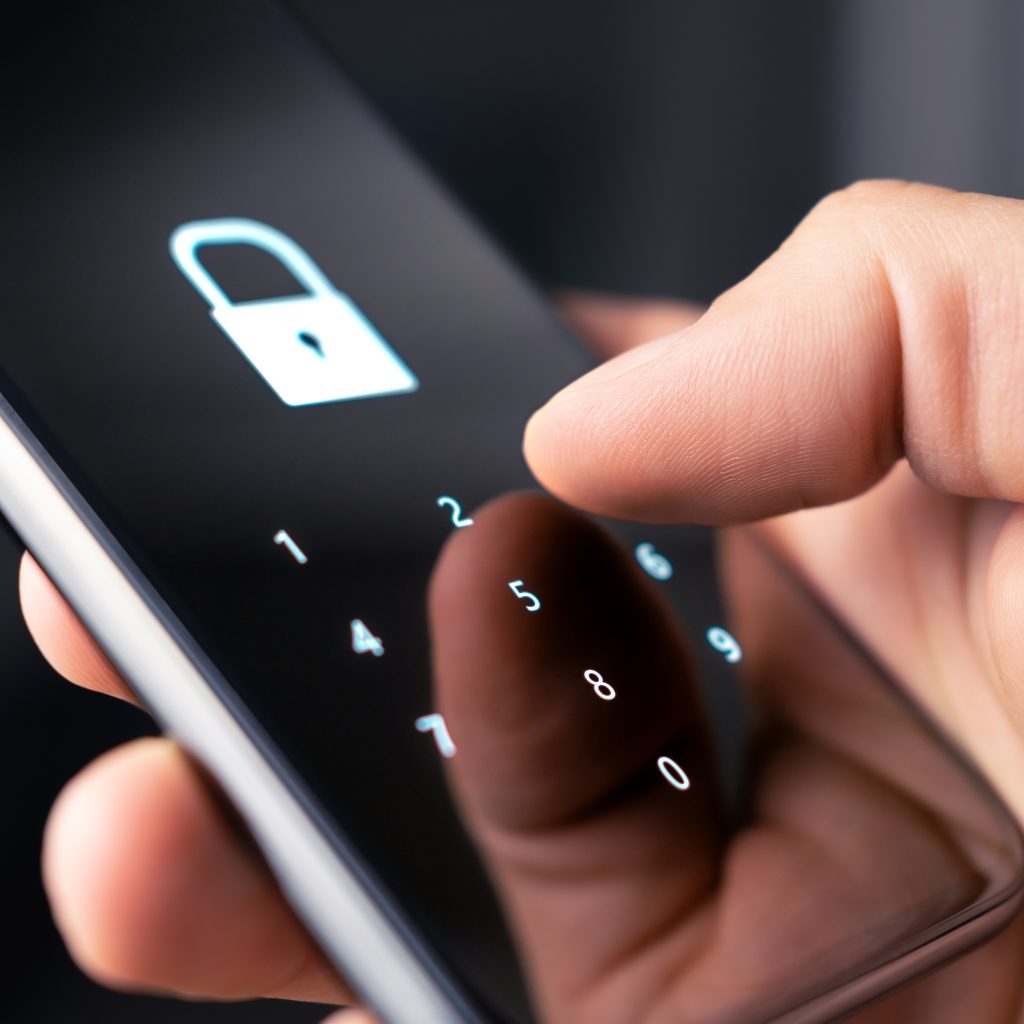In today’s digital age, protecting your personal information and online identity has become more important than ever. Are you confident that your antivirus software is enough to keep you safe? It’s time to go beyond antivirus and strengthen your digital armor with cybersecurity best practices.
With the constant threat of cyber attacks and data breaches, it’s crucial to take proactive measures to safeguard your online presence. While antivirus software is a great first line of defense, it’s not enough to guarantee complete protection. Cybersecurity best practices go beyond just installing antivirus and involve adopting a holistic approach to safeguarding your digital life.
To ensure your digital safety, it’s essential to understand and implement cybersecurity best practices. From using strong, unique passwords to keeping your software up to date, these practices can significantly reduce the risk of falling victim to cyber threats. In this article, we will explore the importance of going beyond antivirus and provide you with valuable tips to strengthen your digital armor and stay one step ahead of cybercriminals.
What is Cybersecurity?
Cybersecurity is a critical aspect of our modern, technology-driven world. It involves the protection of internet-connected systems, including hardware, software, and data, from cyber attacks, damage, and unauthorized access.
Why is it Important?
Internet security is crucial for protecting personal and sensitive information from cyber threats. Neglecting internet security can lead to various consequences such as identity theft, financial loss, and damage to reputation. For example, a lack of strong security measures can result in hackers gaining access to personal bank accounts and stealing funds, or cybercriminals using stolen information to impersonate individuals online.
Cyber threats can have a significant impact on both individuals and organizations. For individuals, it can lead to financial hardship and emotional distress, while organizations can suffer data breaches and legal repercussions. Implementing strong internet security measures, such as using firewalls, antivirus software, and secure passwords, can significantly reduce the risk of these threats. It can provide peace of mind for individuals and safeguard the reputation and operations of organizations. The benefits of strong internet security measures also include protection against ransomware attacks, phishing scams, and malware, ultimately ensuring the safety and privacy of online activities.
The use of cybersecurity in different system monitoring software is an important strategy for ensuring the security and integrity of digital systems and networks. System monitoring software can be used to detect any malicious activities or suspicious behavior in a system, alert administrators or users about potential threats, and take appropriate measures to protect against them. System monitoring software can also be used to monitor system performance and resource utilization, allowing administrators to optimize their systems for better performance. Additionally, system monitoring software can be used to audit user activity on networks and systems, providing valuable insights into potential security risks. By using system monitoring software with robust cybersecurity features, organizations can not only gain visibility into their digital ecosystems but also preemptively identify real-time threats before they cause damage.

Potential Threats & Risks
In any business or organization, it is important to be aware of potential threats and risks that could affect the safety, security, and success of the company. By identifying these potential threats and risks, proactive measures can be taken to mitigate their impact and protect the well-being of the business. Understanding the various factors that could pose a threat or risk to the organization is essential for effective risk management and strategic planning.
Malicious Software & Viruses
Common types of malicious software and viruses include trojans, ransomware, and malware. Trojans disguise themselves as legitimate software to gain access to a computer system, allowing unauthorized access and data theft. Ransomware encrypts files or locks the system, demanding payment for the decryption key. Malware encompasses various types of malicious software, such as spyware and adware, which can steal sensitive information and disrupt system functionality.
The potential dangers and impacts of these threats on a computer system are severe. Trojans can compromise data integrity and lead to system instability. Ransomware can result in data loss, financial extortion, and even complete system lockdown. Malware can steal personal and financial information, disrupt system performance, and cause irreversible damage to the system. These threats can lead to financial loss, reputational damage, and legal implications for individuals and businesses. It is crucial to implement robust cybersecurity measures, such as using antivirus software, regularly updating systems, and backing up data, to protect against these malicious software and viruses.
Human Error & Suspicious Activities
Human error can lead to data breaches, insider threats, security incidents, and unauthorized access. It is important to recognize suspicious activities to mitigate the potential repercussions of human error. Common types of human error include misconfigured security settings, accidental deletion of sensitive data, and falling victim to phishing scams.
Examples of suspicious activities within this context may include unauthorized access to sensitive systems or data, unusual changes in user behavior or access patterns, and unauthorized attempts to modify or delete critical data. Recognizing these activities can help prevent potential security incidents and data breaches caused by human error.
To recognize suspicious activities, organizations should regularly monitor access logs and user behavior, implement security awareness training to educate employees about potential threats, and establish clear security policies and procedures to minimize the impact of human error. By being vigilant and proactive in recognizing and addressing suspicious activities, organizations can help reduce the potential repercussions of human error.
Cyber Attacks & Security Breaches
In today’s digital world, organizations are constantly at risk of cyber attacks and security breaches. One common form of cyber attack is email phishing, where attackers send fraudulent emails to trick individuals into revealing sensitive information. Spear phishing is a more targeted form of phishing, where attackers tailor their messages to specific individuals or organizations to increase the likelihood of success. These attacks exploit vulnerabilities in organizations by preying on human error and lack of security awareness.
Antivirus and firewall protections play a crucial role in addressing these cyber threats. Antivirus software helps detect and remove malicious software, while firewalls act as a barrier between a trusted internal network and untrusted external networks, preventing unauthorized access. These protections provide benefits in enhancing cybersecurity by actively scanning for and blocking known threats, as well as filtering network traffic to keep out potentially harmful data. Implementing strong antivirus and firewall protections is essential for organizations to mitigate the risk of cyber attacks and security breaches.

Essential Components of Strong Digital Armor
In today’s constantly connected digital world, safeguarding sensitive information and protecting personal privacy is more important than ever. Strong Digital Armor is essential to ward off cyber threats and ensure a secure online experience. By understanding the essential components of strong digital armor, individuals and organizations can better prepare themselves to defend against potential cyber attacks and breaches. From robust security software to safe online practices, there are key elements that make up a comprehensive digital defense strategy. Understanding and implementing these essential components is crucial in today’s digital landscape.
Multi-Factor Authentication
Multi-Factor Authentication (MFA) enhances security by requiring users to provide multiple forms of verification before accessing an account or system. It builds upon Two-Factor Authentication (2FA) by adding additional layers of security beyond just a password and one other form of verification.
MFA utilizes different factors for verification, including something you know (like a password or PIN), something you have (such as a physical key or a mobile device), and something you are (biometric data like fingerprints or facial recognition). These factors make it significantly harder for unauthorized users to gain access to an account or system.
The benefits of using MFA are numerous. It greatly reduces the risk of unauthorized access, as even if one factor is compromised, the additional factors provide an extra barrier. MFA also offers peace of mind for users, as their accounts are better protected from cyber threats. Overall, MFA is a highly effective way to bolster security and safeguard sensitive information and systems from unauthorized access.

Strong Passwords & Regular Updates
In today’s digital age, strong passwords and regular updates are crucial for protecting your online accounts from potential security breaches. Using a mix of letters, numbers, and symbols in your passwords makes it much harder for hackers to crack them. Additionally, using unique passwords for each online account ensures that if one account is compromised, the others remain secure. This practice can help prevent unauthorized access to sensitive personal and financial information.
Regular software updates are equally important, as they often contain security patches that protect against the latest threats. Neglecting to update your software can leave your devices vulnerable to malware, viruses, and other online dangers. By staying on top of these updates, you can keep security gremlins at bay and maintain the integrity of your digital accounts.
By prioritizing strong passwords and regular updates, you can significantly reduce the risk of unauthorized access to your online accounts and protect your personal information. It’s worth the time and effort to create and maintain strong passwords, and to stay diligent about updating your software. After all, the peace of mind and security of your digital presence are priceless.
Private Networks vs. Public Wi-Fi Networks
Private networks are typically used within a home or office environment and are secured with a password. This makes them less vulnerable to security risks as access is restricted to authorized users. On the other hand, public Wi-Fi networks are open to anyone within range, making them more susceptible to cyber threats such as hacking, eavesdropping, and malware attacks.
The main benefit of private networks is the high level of security they provide, while public Wi-Fi networks offer convenience but come with increased risks. To mitigate these risks, a Virtual Private Network (VPN) can be used to create a secure, encrypted connection to the internet, especially when using public Wi-Fi. This extra layer of security helps protect sensitive information from being intercepted by malicious actors.
It is important to use trusted and secure networks, especially when engaging in activities that involve sensitive information such as online banking or accessing confidential work documents. By understanding the differences between private networks and public Wi-Fi networks and utilizing tools like VPNs, individuals can better safeguard their online activities.
Mobile Devices & Online Activity Monitoring
With the rise of mobile devices and the ubiquity of online activities, organizations need to take extra steps to monitor and protect their employees’ digital lives. Mobile devices and online activity have become a vital part of day-to-day business operations, but they also pose a security risk since many personal devices are not as secure as enterprise systems. To mitigate this risk, organizations can implement mobile device management (MDM) solutions that give them control and visibility into their employees’ mobile devices.
Organizations can also use employee monitoring software to track online activities such as websites visited, emails sent, and files downloaded. This helps ensure that employees are not engaging in activities that could put the organization at risk of a security breach. By monitoring online activity and using MDM solutions, organizations can better protect their networks and data from cyber threats.

Layer of Security with Intrusion Detection Systems, Firewalls, and Antivirus Software
Intrusion Detection Systems (IDS), firewalls, and antivirus software play crucial roles in cybersecurity. IDS monitors network traffic for suspicious activities, while firewalls act as a barrier between a trusted internal network and untrusted external networks. Antivirus software detects and eliminates malicious software, such as viruses and malware.
These layers of security work together to detect and thwart cyber attacks. The IDS identifies potential threats, the firewall blocks unauthorized access, and the antivirus software removes any harmful software that may have breached the network. This collaborative approach helps to prevent and mitigate cyber attacks, ensuring the protection of sensitive information and systems.
The benefits of these security measures are numerous. They provide real-time threat detection, prevent unauthorized access, and eliminate malware and viruses. Examples of intrusion detection systems include Snort and Suricata, while popular firewalls include Cisco Firepower and Palo Alto Networks. Common antivirus software includes Norton, McAfee, and Kaspersky.
Overall, the combination of intrusion detection systems, firewalls, and antivirus software is essential for comprehensive cybersecurity protection, safeguarding against a wide range of cyber threats.
Two-Factor Authentication for Added Protection
Two-Factor Authentication (2FA) is a security feature that provides an extra layer of protection for your online accounts. To set it up, first, log into your account and go to the security settings. Look for the option to enable 2FA and follow the prompts to link your account with a second form of verification, such as a code sent to your phone or a token generated by an authenticator app. Once set up, you will need to enter this additional code or token along with your password when logging in.
The benefits of using 2FA include added protection against unauthorized access and the ability to receive alerts for unfamiliar logins. This helps to prevent unauthorized access even if your password is compromised.
There are different tools available for 2FA, such as Google Authenticator and Authy, which generate time-based codes to use as the second form of verification for your accounts. These tools help to secure your accounts by providing unique codes that change every few seconds, making it more difficult for hackers to gain access.
Overall, enabling 2FA on your accounts is a simple yet effective way to enhance security and protect your sensitive information from unauthorized access.
Phishing Scams & Spam Filtering Solutions
1. Check sender addresses: Verify the legitimacy of the sender’s email address before clicking on any links or downloading attachments. Look out for spelling errors or slight variations in the email address.
2. Avoid unsolicited attachments: Do not open attachments from unknown senders, especially if the email seems suspicious or unexpected.
3. Hover over links before clicking: Before clicking on any links within an email, hover over them to check the actual URL. If it looks suspicious or doesn’t match the sender’s website, do not click on it.
It is important to have spam filtering built in and integrated with your email client to automatically detect and filter out potential phishing emails and spam. This helps to prevent malicious emails from reaching your inbox, reducing the risk of falling victim to phishing scams.
Common red flags of phishing emails and malicious links include urgent requests for personal or financial information, generic greetings instead of personalized ones, and links that lead to unfamiliar or misspelled URLs.

Conclusion
In conclusion, it is clear that antivirus software is only the first step in protecting yourself and your company from cyber attacks. Implementing additional cybersecurity best practices can help you create a stronger digital armor, helping to safeguard against malicious attacks and reduce the risk of data breaches. These best practices include strengthening passwords, using two-factor authentication, improving physical security measures, monitoring activity for suspicious behavior, patching applications regularly, and educating employees on the importance of cybersecurity. With today’s increasingly sophisticated cyberattacks, it is essential to take proactive steps to ensure your digital assets are secure. By taking these measures, you can help protect yourself, your company, and your customers from malicious actors.
